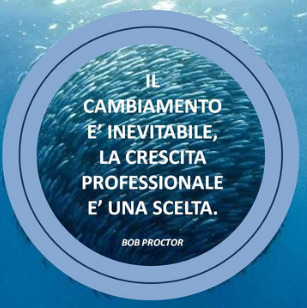Don't wanna be here? Send us removal request.
Text
5 notes
·
View notes
Text
10 notes
·
View notes
Text

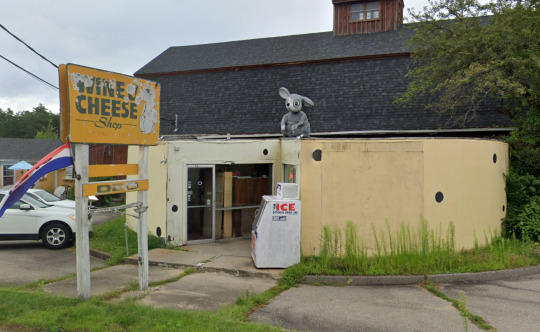
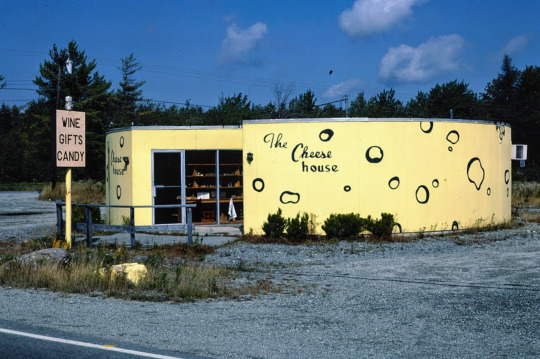





The Cheese House was a small chain of shops that opened in New England in the 1960s. Only a handful of the original round structures still remain and only one (located in Wells, Maine) still looks like cheese.
5K notes
·
View notes
Text



’24.9.1 飛火野にて
台風由来の雲が切れると、大好きな細い細い三日月が顔を出した朝。
262 notes
·
View notes
Text
"you cant heal if you pretend you're not hurt"
-filmythings
19K notes
·
View notes
Text
Winter!
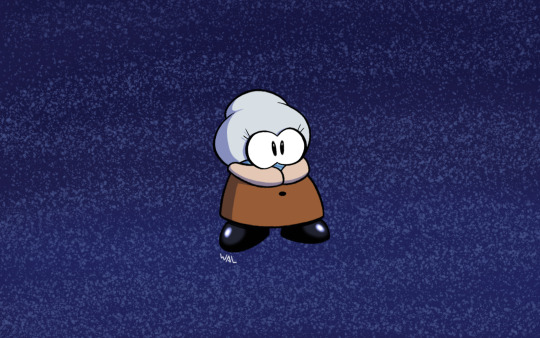
This is my own interpretation of Winter as a character. She's socially anxious, introverted and shy but loves anything soft and warm as comfort.
More seasons are coming soon, I already made some concepts for Summer.
5 notes
·
View notes
Text
12 notes
·
View notes
Text
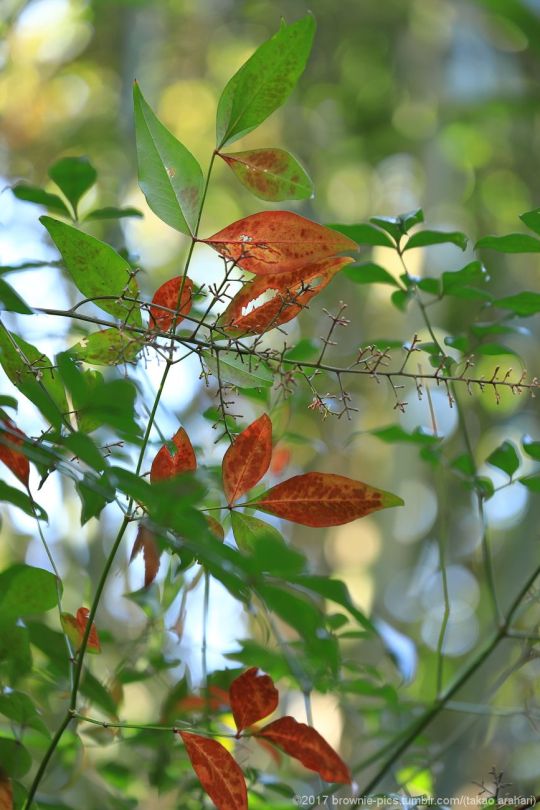


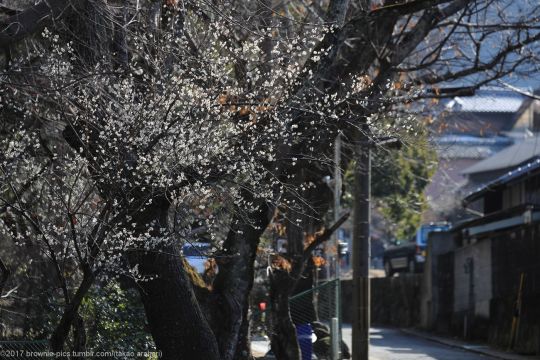
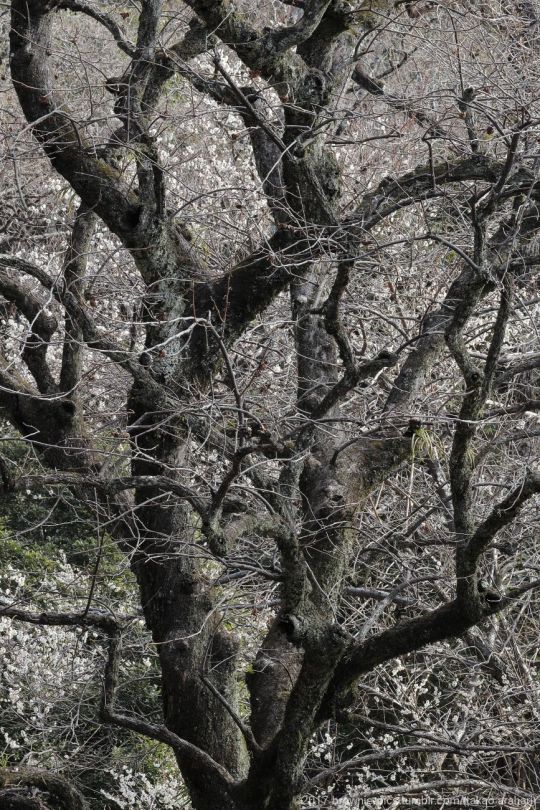

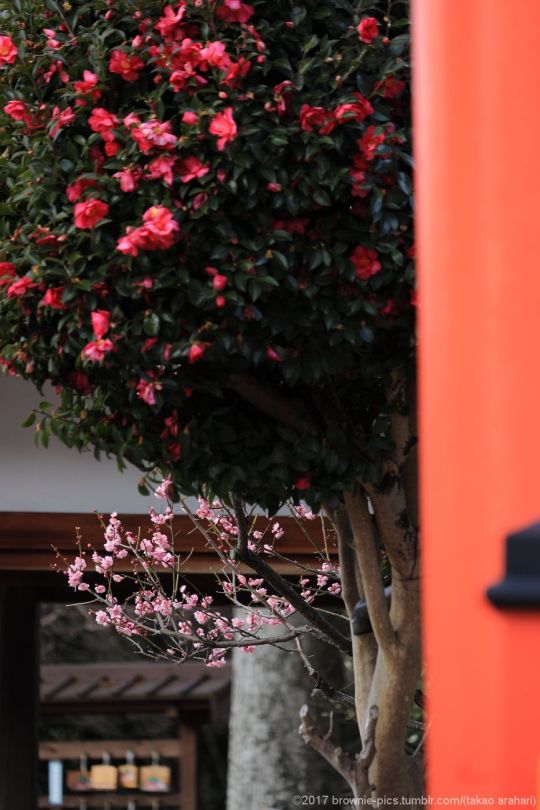


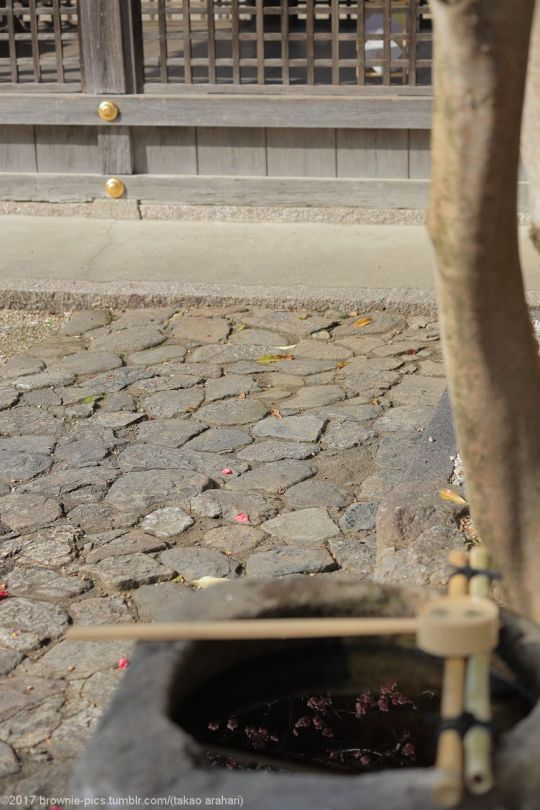
'24.2.12 高畑、南都鏡神社にて
梅、咲いてきましたね。今年は早いような気がします。
全体的に温かい冬でしたからね・・。今週の水木あたり、奈良の気温は19℃程の予報。温すぎるなぁ・・
125 notes
·
View notes
Text

➥ https://www.life-strategies.it/blog/giorgio-nardone/perche-e-piu-semplice-non-cambiare/
9 notes
·
View notes
Text
The Leidenfrost effect is a physical phenomenon in which a liquid, close to a surface that is significantly hotter than the liquid's boiling point, produces an insulating vapor layer that keeps the liquid from boiling rapidly | source
2K notes
·
View notes
Text

Hulton Archive/Getty Images. A man holds onto a tree by the seashore, 1954
2K notes
·
View notes
Text
Seaweed isn't something that generally features today in European recipe books, even though it is widely eaten in Asia. But our team has discovered molecular evidence that shows this wasn't always the case. People in Europe ate seaweed and freshwater aquatic plants from the Stone Age right up until the Middle Ages before it disappeared from our plates. Our evidence came from skeletal remains, namely the calculus (hardened dental plaque) that built up around the teeth of these people when they were alive. Many centuries later, this calculus still contains molecules that record the food that people ingested. We analyzed the calculus from 74 skeletal remains from 28 archaeological sites across Europe. The sites span a period of several thousand years starting in the Mesolithic, when people hunted and gathered their food, through to the earliest farming societies (a stage called the Neolithic) all the way up to the Middle Ages. Our results suggest that seaweed was a habitual part of the diet for the time periods we studied, and became a marginal food only relatively recently.
Continue Reading.
200 notes
·
View notes






